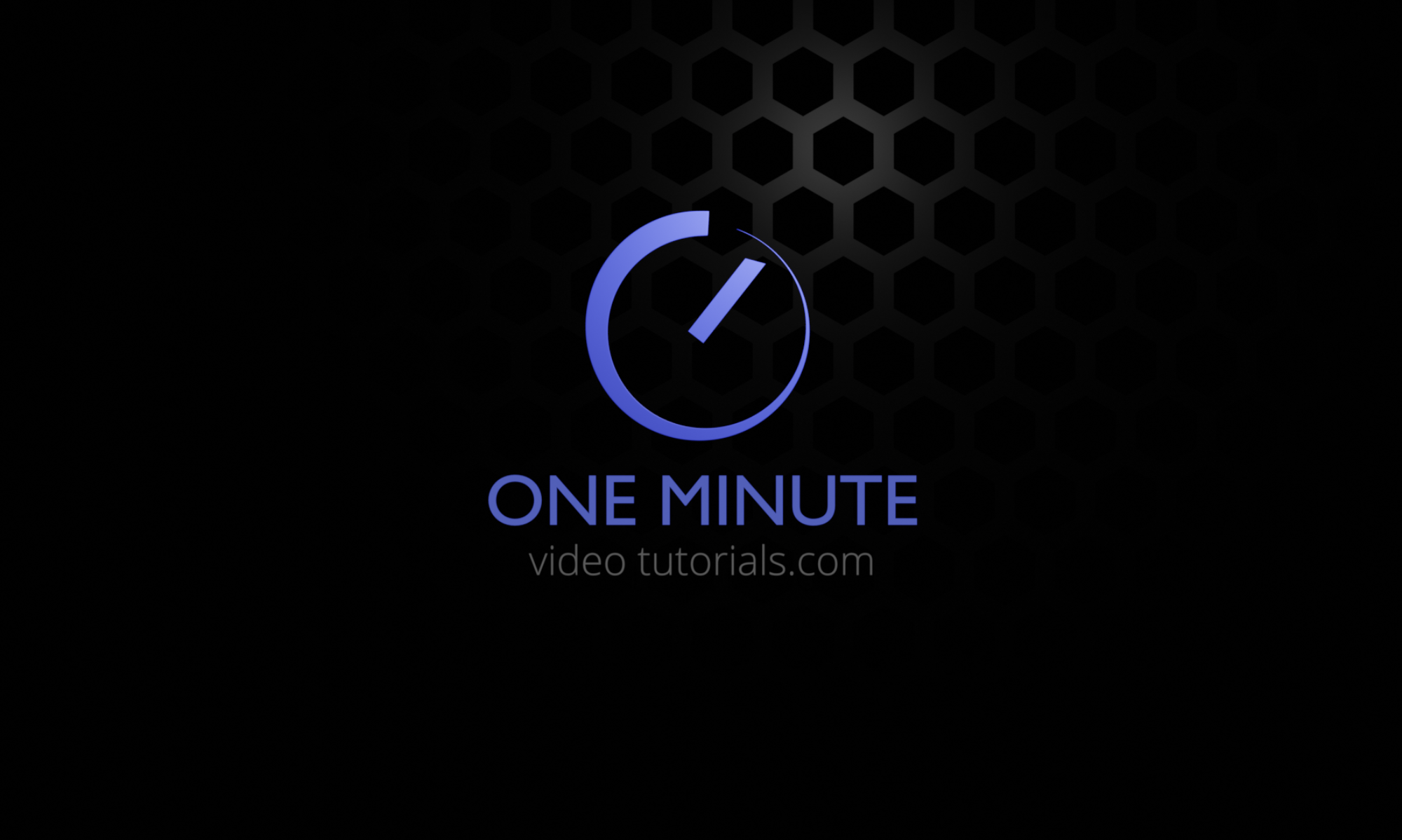Written instructions:
The workflow between Cycles and Unity hasn’t been very optimal because the FBX exporter in Blender doesn’t support the node based Cycles materials.
Blender 2.8 brings significant improvement to the game developer workflow along with it’s new glTF exporter and the Eevee render engine.
Here we have a PBR textured public domain asset in EEVEE. We can select materials and check how the nodes are mapped to the principled shader. We have a standard RGB image for the albedo/base color input. The metallic and roughness texture maps are just grayscale images, so for the sake of efficiency they have been mapped to to blue and green channels of an RGB image.
And we have a normal map plugged into the normal input via the normal map node.
Let’s see how easy it is to transfer all of this into Unity.
I’ll select the entire object hierarchy by control clicking the parent object in the outliner.
The let’s go to file, export, glTF 2.0.
Let’s only export the selected objects by checking this checkbox. There are plenty of other options as well and the glTF standards supports also animations, including shape keys.
While Blender is working, let’s prepare Unity for the import by downloading the UniGLTF package from Github.
Well simply install this as a custom package and now we have the UniGLTF menu option up here, from which we can choose import. Unity want’s us to save the imported objects as a prefab so let’s do that.
Now this does take some time, so we’ll speed up the video a bit here.
After the import has finished, we can simply drag the prefab into our scene and marvel at how Unity has automatically placed all the texture maps correctly.
This will make the life of game developers a lot easier.
Thanks for watching and see you next time on one minute video tutorials dot com.
